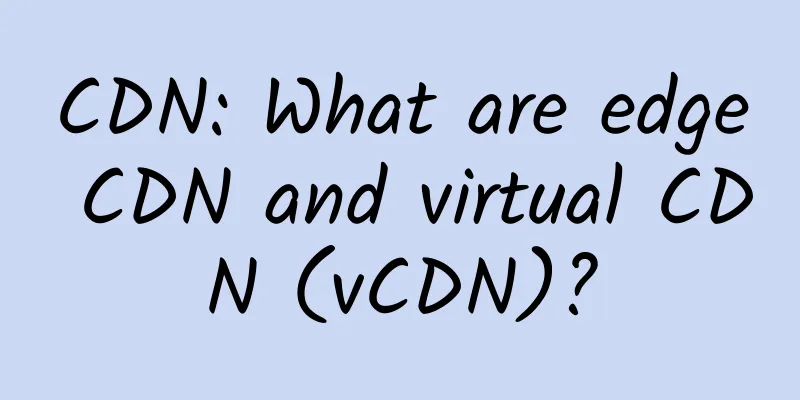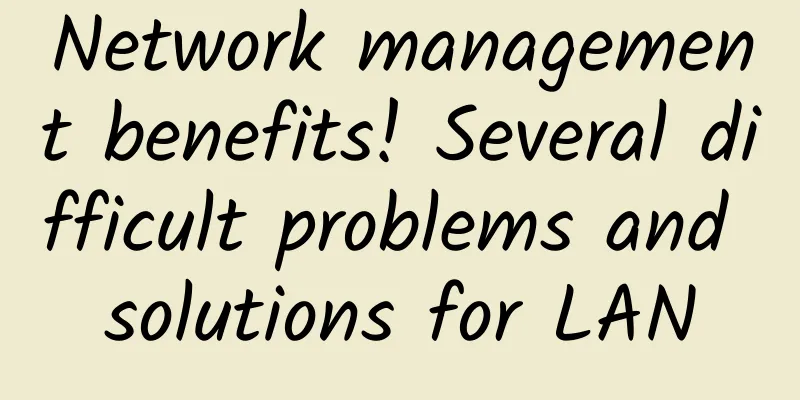5G is here! How long will it take for it to be truly universally adopted?

|
4G, the mobile network that allows us to make calls, send messages and surf the internet around the world, is being replaced by 5G, a new, faster network that has the potential to transform the internet. 5G is a software-defined network.
This means that while it won't completely replace cables, it can replace the need for them by doing a lot of operations in the cloud. This means its capacity will be 100 times that of 4G, which will greatly increase internet speeds. For example, a two-hour movie takes 26 hours to download using a 3G network, and six minutes using a 4G network, but you can start watching the movie in just 3.5 seconds using a 5G network. But it’s not just the capacity of the internet that will be improved, the response speed will also be much faster. 4G networks can respond to tasks within 50 milliseconds, while 5G networks will only take about 1 millisecond, which is 400 times faster than the blink of an eye. Smartphone users will enjoy a smoother experience, but reducing latency is critical to a world that increasingly relies on the internet to function. For example, self-driving cars require a constant flow of data; the faster information is delivered to a self-driving car, the better and safer the car will operate.
Image source: pexels.com To many analysts, it’s just one example of how 5G will become the connective tissue for the Internet of Things, an industry expected to grow threefold by 2025 that will connect and control not just robots but also medical devices, industrial equipment and agricultural machinery. 5G will also enable a more personalized network experience through network slicing, a method of creating independent wireless networks in the cloud that allows users to create their own customized networks. For example, online gamers need faster response times and more data capacity than users who just want to check social media. Personalizing the internet can also benefit businesses. For example, at a large event like Mobile World Congress, large numbers of people flock to a specific area to use data-intensive applications. But with 5G, organizers can pay for larger slices of the network, increasing their internet capacity and thus improving the online experience for visitors. So when can you start using 5G? Although it is not yet commercially available worldwide, it is not far away. Analysts say that large-scale use will have to wait until 2020. 5G technology was born a few years ago and has been a hot topic ever since. However, it is estimated that even by 2025, the network will still lag behind 3G and 4G in terms of global mobile connections. The popularity of 5G still faces many obstacles, the most important of which is cost. According to experts, in order to make 5G commercially meaningful, network operators may have to break the existing business model. For example, in the UK, the construction cost of 3G and 4G networks is relatively low because they can be promoted on the existing radio spectrum in the UK. However, for 5G to work properly, it needs a frequency with a much larger bandwidth, which requires completely new equipment. Some analysts believe that large-scale construction and high operating costs will force operators to share the use and management of mobile networks. This is not a hindrance for countries such as China, which is taking a more consistent approach. The government, operators and local Chinese companies such as Huawei and ZTE are about to launch large-scale 5G trials. Just a few days ago, China's Ministry of Industry and Information Technology issued 5G commercial licenses, which will put them at the forefront of producing new technology equipment. This could hurt the interests of Western countries, which are concerned about Asia's progress in developing 5G. A leaked National Security Council memo to the White House called for nationalizing 5G networks to keep the United States ahead of the global competition, which White House officials denied. But experts predict that by 2025, nearly half of mobile connections in the United States will be 5G, a higher proportion than any other country in the region. However, faced with fierce competition and uneven development styles, most Western countries are still likely to adopt a more gradual approach to 5G development. For example, AT&T has promised to launch 5G later this year, but only in a few cities. However, in key industrial parks, the technology will be adopted quickly, but for many rural areas, it will be a long process.
But when 5G truly takes hold and lives up to its promised potential, it could even change the way we access the internet at work and in our personal lives — replacing the current system of phone lines and cables with a wireless network. It may not happen overnight, but 5G is here. |
>>: How 5G deployment will impact enterprise network hardware and software
Recommend
NexusBytes: $4/month KVM-1GB/15GB/250GB/Japan data center
NexusBytes describes itself as a one-person compa...
Nearly 150 universities have adopted the simplified Ethernet all-optical network: it is not only as simple as 10G access to the room and simplified operation and maintenance!
[[416673]] In the first year of the 14th Five-Yea...
Things about WKWebView on iOS
[[413463]] Background Students who are familiar w...
Qualcomm demonstrates 5G new air interface connection based on 3GPP for the first time, which is expected to become a global standard
At the "2017 Qualcomm 5G Summit" held r...
AkkoCloud: US/UK/Germany CN2 GIA line VPS quarterly payment starting from 99 yuan, 500M large bandwidth
AkkoCloud is a Chinese hosting company founded in...
SoftShellWeb: $3.5/month KVM-1GB/15GB/2TB/San Jose & Netherlands Data Center
SoftShellWeb recently launched several VPS monthl...
10gbiz: Hong Kong CN2 GIA/Los Angeles CN2 GIA line VPS 60% off $2.75/month
10gbiz has released a current promotion, with 40%...
Is LoRaWAN the solution to cellular IoT challenges?
Ten years ago, there were high hopes for cellular...
Halfway through 2021, China Broadcasting and Television 5G begins to accelerate
2021 is already halfway through, and China Radio ...
Yecao Cloud: Hong Kong independent server starting from 199 yuan/month, optional BGP/CTGNet/Huawei Cloud line
The blog has shared Yecaoyun product information ...
There are about 180 million users of 5G packages using 4G terminals
Recently, the net increase in 5G package users of...
8 essential skills for network engineers in 2017
The current average job responsibilities of a net...
How to switch IT service providers with minimal business disruption
At the beginning of 2020, many organizations list...
UFOVPS limited 10% off + recharge rebate, US CN2 GIA/Hong Kong CN2 GIA/Japan CN2 GIA optional
UFOVPS is a Chinese hosting company founded in 20...









